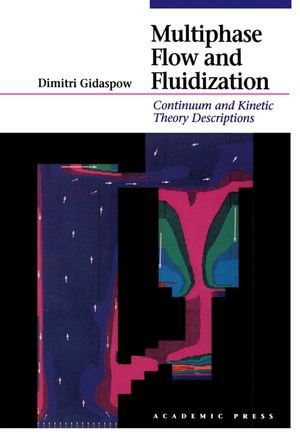
eTEXT
Multiphase Flow and Fluidization
Continuum and Kinetic Theory Descriptions
By: Dimitri Gidaspow
eText | 2 December 2012
At a Glance
eText
$209.00
or
Instant online reading in your Booktopia eTextbook Library *
Read online on
Desktop
Tablet
Mobile
Not downloadable to your eReader or an app
Why choose an eTextbook?
Instant Access *
Purchase and read your book immediately
Read Aloud
Listen and follow along as Bookshelf reads to you
Study Tools
Built-in study tools like highlights and more
* eTextbooks are not downloadable to your eReader or an app and can be accessed via web browsers only. You must be connected to the internet and have no technical issues with your device or browser that could prevent the eTextbook from operating.
ISBN: 9780080512266
ISBN-10: 0080512267
Published: 2nd December 2012
Format: ePUB
Language: English
Number of Pages: 467
Publisher: Elsevier S & T
You Can Find This eBook In
This product is categorised by
- Non-FictionMedicineMedicine in GeneralMedical Equipment & Techniques
- Non-FictionEngineering & TechnologyBiochemical EngineeringBiotechnology
- Non-FictionSciencePhysicsNuclear Physics
- Non-FictionEngineering & TechnologyMechanical Engineering & MaterialsMechanical Engineering
- Non-FictionSciencePhysicsClassical MathematicsFluid Mechanics
- Non-FictionEngineering & TechnologyTechnology in GeneralEngineering in General
- Non-FictionEngineering & TechnologyMechanical Engineering & MaterialsMaterials ScienceMechanics of FluidsFlow























